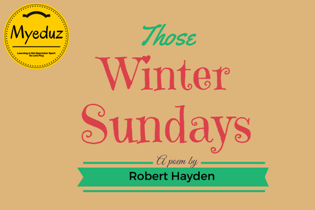About the Poet:
Thomas Stearns Eliot better known as T. S. Eliot was an essayist, publisher, playwright, literary and social critic, and one of the twentieth century’s major poets. T S Eliot was born in St. Louis, Missouri, on September 26, 1888, and died on 4 January 1965.
As a poet, he altered his affinity for the English metaphysical poets of the seventeenth-century and the nineteenth-century French symbolist poets, including Baudelaire and Laforgue, into radical innovations in poetic technique and subject matter. His poems, in many respects, articulated the disillusionment of a younger post–World War I generation with the values and conventions, both literary and social, of the Victorian era.
Skimbleshanks: The Railway Cat Summary by T. S. Eliot
We start the journey with the poet at the railway station. The Night Mail is ready to start. But it seems that everybody is restless, and their murmuring and confused movements give us a feeling that they are waiting for someone to give a “green signal” for the journey. At last, when it is 11:42, we see Skimble coming out of the luggage van, and the signal goes “all clear”. The train is set for the North.
Throughout the journey, whenever you open your eyes or wherever the train stops, you can see the cat somewhere on the train or out on the platform. The cat’s presence makes the impression that he is in charge of the train. The poet presents the cat as the most important one on the train. He is attributed with the roles of a supervisor, stationmaster’s friend or a patrolling police officer. He is present at the bagmen playing cards; he roams in the first class as well as the third class. He examines every passenger, and we may feel that he never approves of any riot. Naturally, the passengers are quiet at night, and it leaves an impression that he is responsible for such a calm atmosphere.
While you are going to your bed in your cabin, you see the cat behind the guard. It may indicate that it is he who made the guard ask about your preference for weak or strong tea in the morning. Even when you sleep peacefully, the cat continues its ’rounds’ on the train. The poet makes witty comments on the cat’s habit of drinking scotch whisky to make his night watch more vigilant. At every station, the cat gets off the train and refreshes himself. In the morning, when you reach your station, you can see Skimble in front of you, bidding goodbye to you. He gives you a wave of his long brown tail and tells you, “ I’ll see you again!”.
This is the substance of the poem. In other words, the poet describes the importance and significance of Skimbleshanks and presents him as the most important passenger aboard the train. Eliot portrays how the cat caters to the needs of the passengers and the general security of the train.
For a detailed analysis of the poem, which includes the theme, central idea, critical analysis, solved questions and more, please visit our new website Myeduz.in (registration is free), and if you want to know more about our new project Myeduz, and how you will be benefited, please click here
Updated by Anjali Roongta on 11th April 2023
Some online learning platforms provide certifications, while others are designed to simply grow your skills in your personal and professional life. Including Masterclass and Coursera, here are our recommendations for the best online learning platforms you can sign up for today.
The 7 Best Online Learning Platforms of 2022
- Best Overall: Coursera
- Best for Niche Topics: Udemy
- Best for Creative Fields: Skillshare
- Best for Celebrity Lessons: MasterClass
- Best for STEM: EdX
- Best for Career Building: Udacity
- Best for Data Learning: Pluralsight














